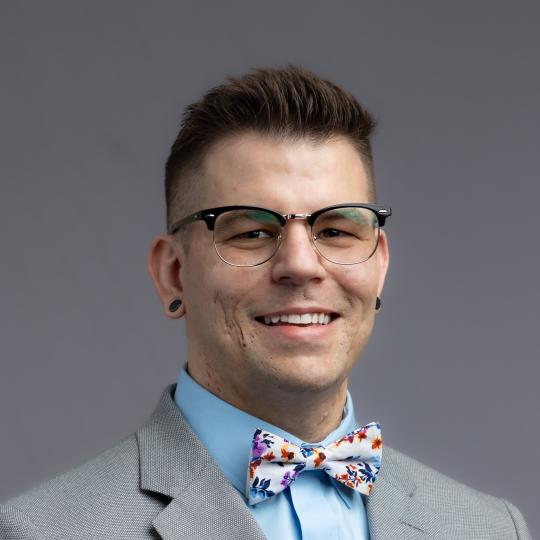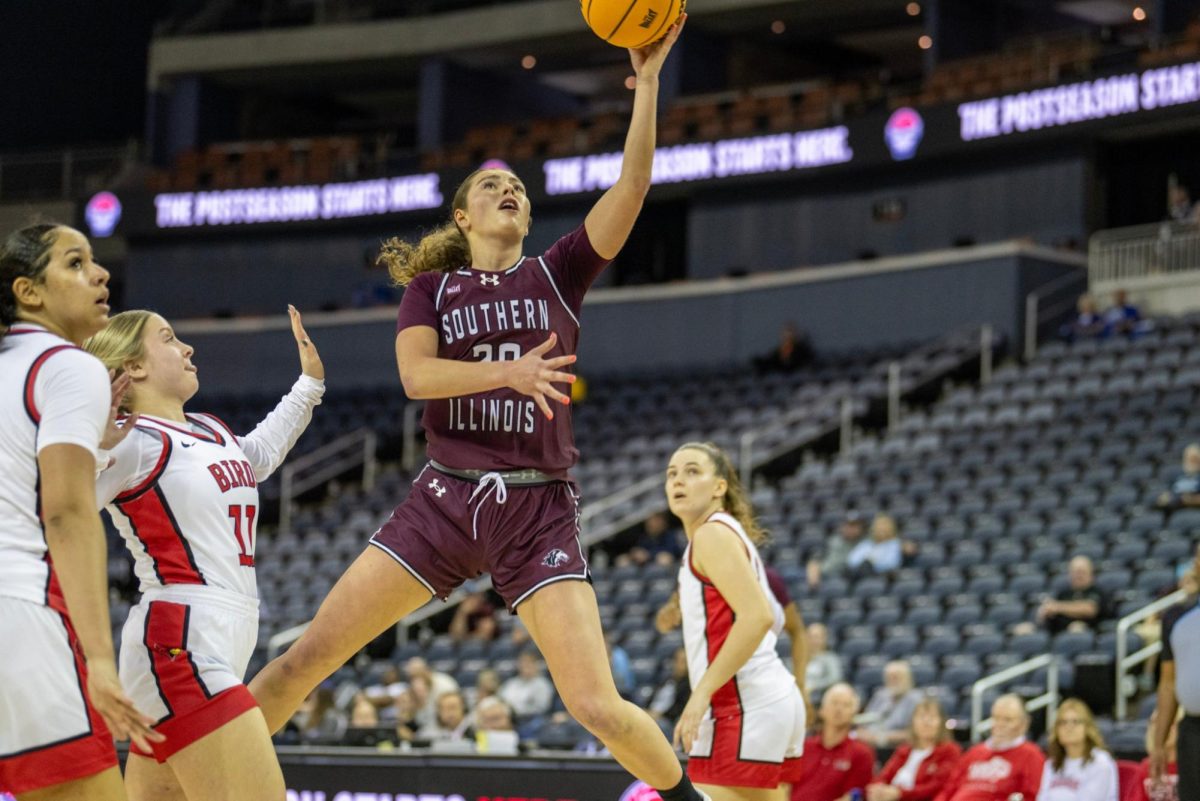Free Again Wildlife refuge lends helping hand
October 25, 2019
Over the past couple years, Free Again Wildlife Rehabilitation, in Herrin, has taken in over 800 native animals to help rehabilitate them, so they could be released back into the wild.
Beverly Shofstall, the founder and director, opened Free Again in 1988 after working for Central Hospital for Animals in Herrin.
“The veterinarians are responsible for the domestic animals, so they didn’t really pay attention to any of the wildlife that just got dropped off,” Shofstall said. “I love wildlife, so I started taking care of them.”
Advertisement
According to their website, Free Again is the largest and only all-animal facility in southern Illinois.
Free Again is also the only facility south of I-64, which accepts large birds of prey such as eagles, owls and hawks, Shofstall said.
Emily Fielden, a regular volunteer at Free Again, said the seasons dictate what kinds of animals are brought into the facility.
“[In] spring, it’s all babies; raccoons, possums and bunnies,” Fielden said. “Anybody that finds [a bird] usually brings it to us.”
Fielden said during peak season she’s seen a day where the facility took in 20 animals. During winter, there have been days where no animals come in.
With the facility taking in over 450 animals annually, Shofstall said there is a high demand for volunteers since the volunteer base has shrunk over the past couple years.
“We probably will have to put limits on [intake] for next year because we’re not getting enough volunteers to do a good job with those kinds of numbers,” Shofstall said.
Advertisement*
A normal working week for Free Again, Shofstall said, can range between 18-20 hours of work seven days a week, but summer is the busiest time of the year with the least amount of help due to students going home.
Fielden said volunteering at Free Again is unique to other places because volunteers get hands-on experience with the animals, unlike other organizations where contact with the animals is strictly prohibited.
“A lot of jobs, if you are going into the zoo industry, aquarium, etc, they want you to have that hands on experience,” Fielden said. “It’s that double edged sword of you can’t get that experience if nobody’s gonna hire you unless you do anything.”
The hands on experience is very important because there’s an element of danger working with wild animals, Fielden said.
“It is not unusual for me to get bit,” Shofstall said, “We are trained to provide ourselves and our volunteers with protection, with gloves, and trying to learn to read body language.”
There was a time, Fielden said she was caring for juvenile eagles when one dropped from the ceiling onto her head.
“I was incredibly lucky because I was wearing long pants, he grabbed my jeans and not me. I walked away with just a scratch,” Fielden said. “Obviously, it could’ve been so much worse.”
It is still important to care for these animals because, as both Fielden and Shofstall said, in the majority of cases where injured animals are brought in, the injuries are caused by people, not by natural occurrences.
“We’re creating the danger,” Shofstall said. “Well over 80% of the animals that we get in are not coming from natural circumstances. It’s not attacked by another wild animal, it’s not by bad weather, it’s not. It’s because of human interaction.”
Many of the animals, Fielden said, are hit by cars or have run into structures, barbed wire fences and more.
Despite animals such as squirrels not being in danger of going extinct, Shofstall said she feels it is their duty to right the wrong and help as many animals as they possibly can.
“Maybe the world doesn’t need more starlings, but that starling didn’t ask to be born a starling, so why should [people] get to choose, why should we get to play God?” Fielden said.
Staff reporter Elizabeth Biernacki can be reached at ebiernacki@dailyegyptian.com or on Twitter at @EBiernacki_619.
To stay up to date with all your southern Illinois news, follow the Daily Egyptian on Facebook and Twitter.
Advertisement








